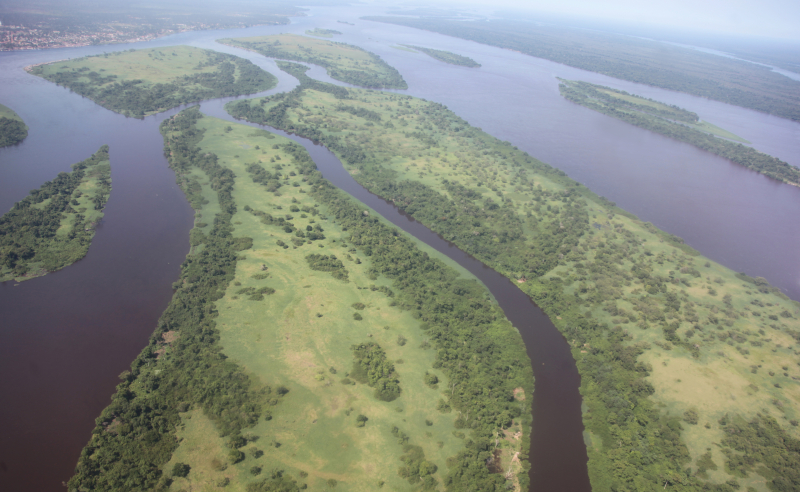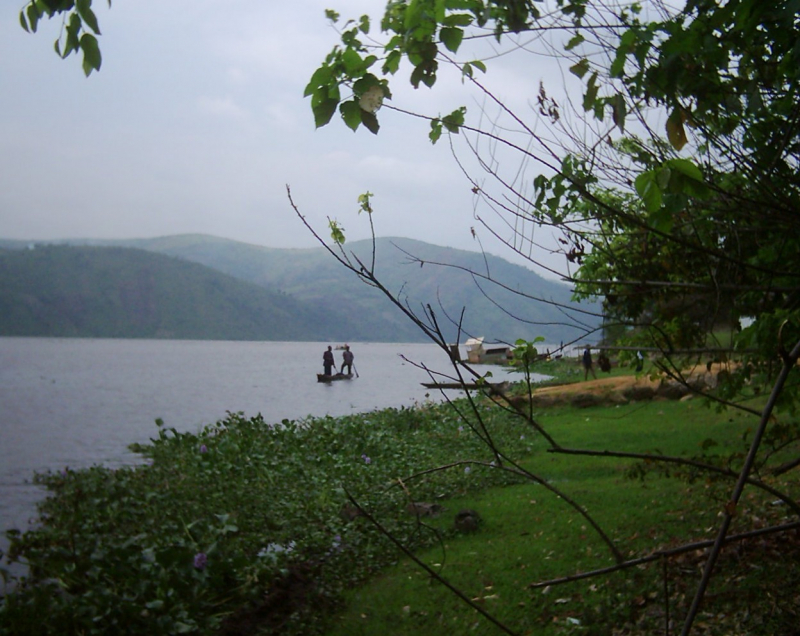Congo River

The Congo River (Kongo: Nzâdi Kôngo, French: Fleuve Congo, Portuguese: Rio Congo), originally known as the Zaire River, is Africa's second-longest river, trailing only the Nile. It is also the world's second-largest river by discharge volume, trailing only the Amazon. It's also the world's deepest river, with measured depths of above 220 meters (720 ft).
The Congo-Lualaba-Chambeshi River System is the world's ninth-longest river, with a total length of 4,700 kilometres (2,920 mi). The Chambeshi is a tributary of the Lualaba River, which flows upstream of Boyoma Falls and stretches over 1,800 kilometers (1,120 mi). The name Congo River comes from the Kingdom of Kongo, which was previously located on the river's southern bank.
The kingdom was called after the local Bantu Kongo people, who were known as "Esikongo" in the 17th century. The Kakongo kingdom, described in 1535, was located south of the Kingdom of Kongo proper. The settlement near the river's mouth was called "Manicongo" by Abraham Ortelius on his globe map of 1564. Kongo tribe names might be derived from a term meaning "public meeting" or "tribal assembly." The Kongo people's present name, Bakongo, was coined in the early twentieth century. This river is the longest Rivers in Congo.
Length: 4700 km











